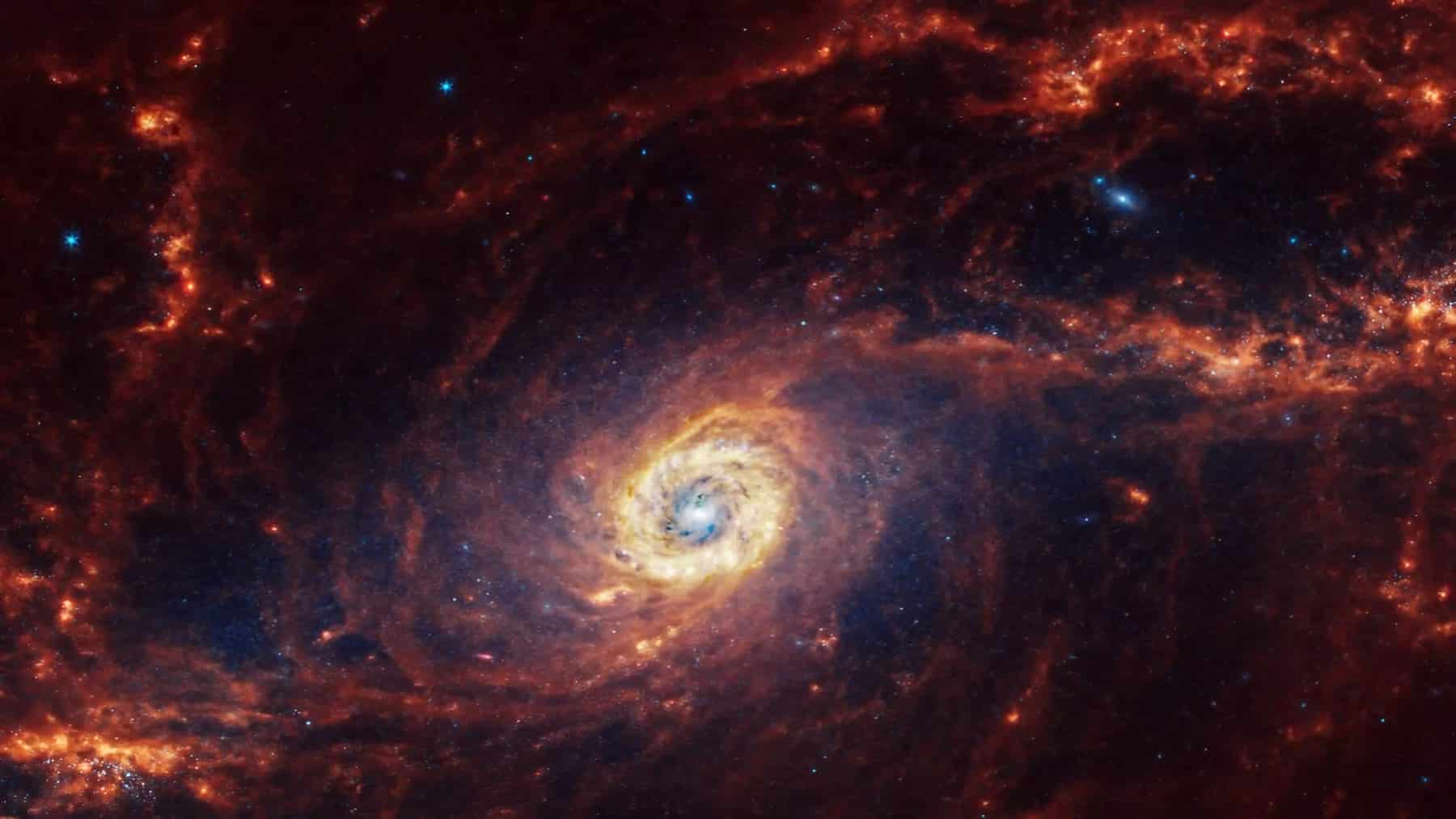There is a question many of us ask ourselves when we look at the night sky: Is this all there is? Some nights, space appears blank, and you begin to wonder how lonely we might be. To break this thought bubble, NASA has discovered something invisible that seems to accompany our solar system. In this article, we aim to shed more light on what this could be.
NASA discovers strange accompaniment to our solar system
Our solar system can be quite interesting when observed from a distance. This is why, over the decades, scientists have attempted to uncover every bit of it. However, in the past decade, astronomers and scientists have placed more priority on the boundaries of our solar system, a region where the rest of space interacts with us.
In the course of this research, astronomers have often referred to this place as the heliosphere. They believed it to be a silent structure peering at us with the rest of the cosmos. Following the data from a discovery, scientists may have discovered something far more complicated than the assumed heliosphere.
What scientists discovered was an Oort Cloud, and it extended over 15,000 AU (astronomical units). To understand this stretch, 1 AU is practically 93 million miles, roughly 100,000 times the space between Earth and the Sun. The team of scientists who made this discovery was led by astronomer David Nesvorny of the Southwest Research Institute.
Let’s break down the mystery of the Oort cloud
Nesvomy and his team made this discovery while exploring the farthest end of our solar system. In this region, there are countless oddities, including icy, dusty, and rocky debris. Most of them are believed to have originated from Jupiter, Neptune, Uranus, and Saturn after their formation 4.6 billion years ago.
Some of this remnant debris was so large, it could easily be labeled a dwarf planet. However, what started as a remnant gathering of giant planets began to swell beyond reach. As planets began to orbit the Sun, they started kicking more debris into this giant Oort cloud.
This incredible discovery was made using NASA’s IMAP (Interstellar Mapping and Acceleration Probe) and Voyager 1 spacecraft, just like this first-ever wormhole discovery. Nesvorny and his team studied their results and conducted a simulation using the Pleiades Supercomputer. The shape they uncovered was rather spiral, mimicking the shape of our Milky Way galaxy.
Our Solar System is not round after all
According to their discovery and the simulation, the structure they emerged with was an intact spiral shape. To confirm this, they went back to their initial drafts from when they first started discovering this Oort cloud. The shape persisted. This spiral structure in space was found to be massive and in constant motion.
Why is this discovery important for mankind?
Before they made this discovery, NASA had always believed the heliosphere to orbit the expanse of the solar system. But with this discovery, NASA has found fresh new insight into this cosmic company. Another incredible discovery they made about this is that this hovering appears to be curved towards Earth.
However, this orientation has not been found to threaten Earth in any way. This has only served to explain our occasional cosmic radiation interactions. With this spiral curved towards Earth, it could act like a magnet so that, when a charged particle comes across us, it directs the particle into the concentrated spiral ring.
Generally, this discovery changes everything we have in our textbooks. Therefore, understanding this spiral has become a priority for NASA and other space agencies. If they plan on exploring other planets like Mars, there is a need to understand the spiral structure in space, just like this mysterious traveler discovered in the Solar System.

